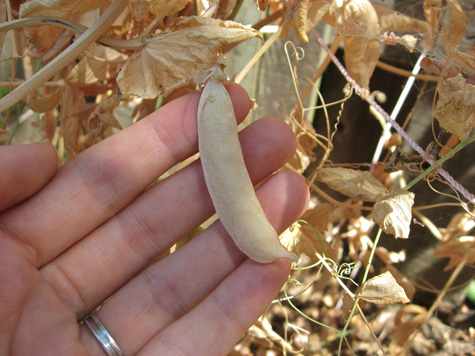

Generous spacing between the rows makes these large plants easier to support and improves air circulation, which deters powdery mildew. Avoid sowing in very damp soil though, as the seeds may rot.įor taller varieties, sow seeds 7.5cm (3in) apart in either a single row, or a double row with 30cm (1ft) between them (for the supports). However, peas do generally prefer cooler weather and grow well in a cool spring. If spring is slow to arrive, warm the soil with polythene sheeting or a cloche before sowing, then protect the seedlings with cloches or fleece. Pea seeds won’t germinate in cold conditions, so wait until the soil reaches about 10☌ (50☏).

The main outdoor sowing season is from March to June. When choosing varieties, look in particular for those with an RHS Award of Garden Merit (AGM), which shows they performed well in trials – see our list of AGM fruit and veg. Some varieties are even sold purely for pea shoots, rather than pods, and can be grown on a sunny windowsill. Petit pois varieties have very small, sweet-flavoured peas.
Snow pea seedlings full#
Marrowfat varieties are grown to full maturity and dried, for use in stews and casseroles, or for making mushy peas. There are several particularly decorative varieties with purple or yellow pods and mauve or blue flowers. Mangetout and sugarsnap varieties, which are picked before the peas mature, are the easiest to grow and tend to produce larger crops. Varieties can also vary in height from just 45cm (18in) right up to 1.8m (6ft). Some varieties produce particularly long pods, containing up to 10 peas, others a bigger overall crop. Maincrops – sow March to June, start harvesting in 14–16 weeks.Second earlies – sow March to June, start harvesting in 13–14 weeks.First earlies – sow March to early June, start harvesting in about 12 weeks.Varieties are classed as earlies or maincrops, growing progressively taller and taking longer to crop: Wrinkled varieties are for late spring or summer sowing, and have a sweeter flavour. Smooth varieties are hardier, so are better for early sowings.

Varieties of peas for shelling produce either smooth or wrinkled peas. So take your pick – or, better still, why not grow several? Peas are more varied than you might expect – there are peas for shelling (garden peas), mangetouts and sugarsnaps green, yellow or purple pods tall, medium or dwarf plants, early varieties and maincrops.


 0 kommentar(er)
0 kommentar(er)
